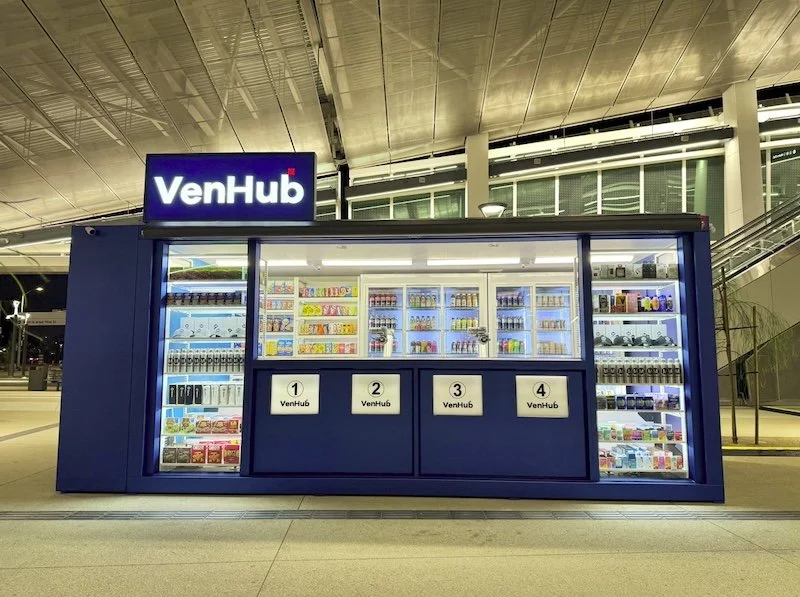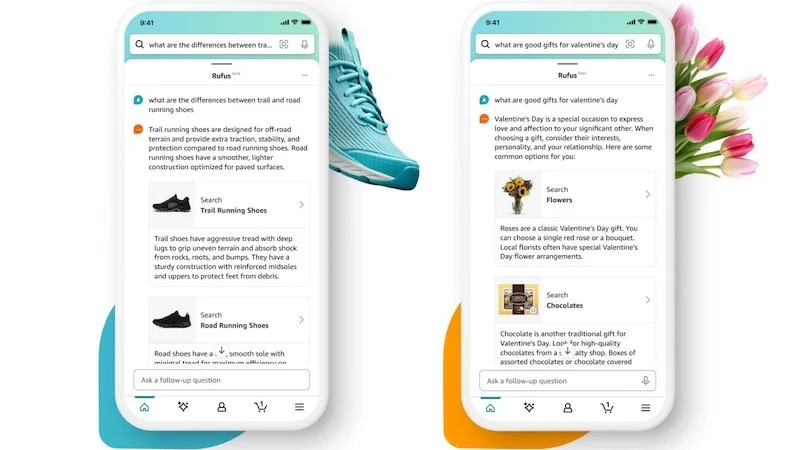Revionics comment: Retail pricing requires a balanced approach amidst cost-of-living crisis
In recent years, retailers have been faced with challenges on all fronts – from rising costs of goods to rapidly shifting consumer behaviours to increased omnichannel complexity.
It’s no surprise, then, that in a recent survey conducted by Researchscape International and commissioned by Revionics, 74% of retailers in Europe indicated that margin maintenance has been difficult to achieve in this disruptive and inflationary period.
As the cost-of-living crisis rages on, retailers are finding themselves in a difficult spot – how do they preserve margins that have been under constant pressure while also being sensitive to inflation’s impact on consumers?
It’s a delicate situation, to be sure. In fact, our recent survey found that more than two-thirds (68%) of retailers in the UK are concerned about consumers perceiving their pricing as unfair. And they have reason to be concerned. McKinsey found that for the majority (58%) of European consumers, increasing prices are their number one worry.
Against this seemingly impossible backdrop of protecting business health and price perception, retailers need to toss outdated pricing tactics in the rubbish and start anew.
Here are five elements to consider as you rebuild your pricing playbook amidst surging costs, fading consumer loyalty and heightened competitive pressure.
1. Reassess your KVIs.
Key value items (KVIs) are always important. After all, they are the products in your assortment that will shape how consumers perceive your pricing and value. During this time of amplified consumer price sensitivity, assessing your KVIs is more important than ever.
As consumers’ behaviours have changed so much in recent years, including the brands they buy and the types of items they prioritise in order to stretch their budgets, it’s critical to ensure your KVIs still align with the products your customers care most about.
With an understanding of your updated KVIs, you can make better pricing decisions to better serve your customers and protect your price perception.
2. (Really) know your competitors.
Once you’ve determined your current KVIs, you know where it is most important to be competitively priced. But you also need to have a full picture of your competitive pricing landscape.
Factors such as waning consumer confidence, less brand loyalty and higher adoption of online shopping may have shifted whom you are competing against. You may need to re-evaluate who your most important competitors are and make adjustments to your strategic competitive pricing approach.
Analytics are important for understanding the pricing patterns of your top competitors. Getting insight into who is making price changes first, which competitors are moving to match or beat which other competitors, and how they are changing prices differently online versus in-store can help you know when and how to act against them.
3. Get serious about private labels.
Consumers are looking for ways to save. As a result, private label brands have seen notable growth and emerging opportunities over the past few years.
Private labels can be a win-win. Consumers can ease the impacts of the cost-of-living crisis with less expensive purchases, and retailers can position themselves for the potential of better margins and greater loyalty.
Winning consumers over to your private labels will take establishing a defined and compelling purpose for your private label brand, building a consistent brand gap architecture as well as pricing and promotions that help guide shopper journeys towards your owned brands.
4. Optimise for a balanced approach.
The gut reaction to a cost increase is typically a price increase. But as consumers notice the strain on their wallets, widespread price increases are the quickest way to lose trust, traffic and market share.
A stronger inflation pricing response requires a mindset shift and a bigger-picture view. Retailers need to take a balanced approach and use price increases and decreases. Analytics can help you identify which products can stand an increase without a major negative impact on demand.
This will enable you to provide better prices on the items that are most important to your customers, making up the difference by increasing prices on background items to maintain profit.
5. Leverage artificial intelligence.
In a highly inflationary market with endless disruptions, the data is clear – retailers using sophisticated AI solutions for their pricing have taken market share and customers from retailers that haven’t made the leap.
Science driven tools create what if scenarios that predict outcomes for each pricing move. What will happen if you take a price up 7% or 8%? How will baskets, inventory levels and the behaviours of targeted customers be affected?
Equipped with AI backed price optimisation software, pricing teams can use customer behaviour in all its variations to determine the optimal price by category, product, retail format and region and update prices as conditions evolve.
While record high inflation has created significant challenges for consumers and retailers alike, retailers that can understand what customers are buying and how demand fluctuates in relationship to price will be more than able to take in stride the challenge of pricing through inflation.
About the author: Matt Pavich is Sr. Director of Retail Innovation at price optimisation intelligence firm Revionics, an Aptos company.















Continue reading…